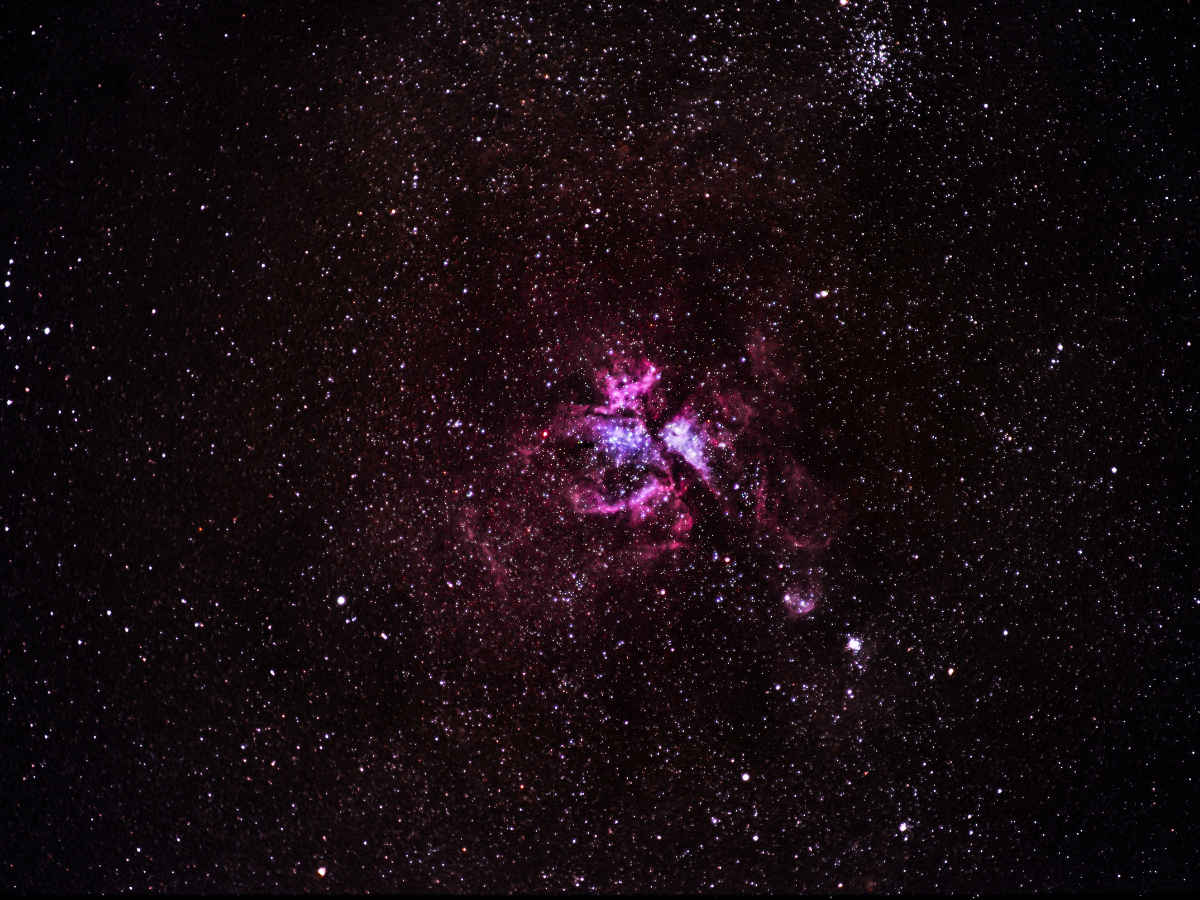
Carina Nebula…
The only way to get lost in deep space is to get out of orbit. Suppose you are in a space shuttle. However, you can continue on your way through certain coordinates. It is not possible to deviate from the logbook given to you and change your route instantly; because you get lost in the depths of space.
Let's get out of orbit and improvise in this blog. Let's go to the "Carina Nebula", which is 7500 light-years away, 300 light-years wide, and can only be seen as a result of combining 208 thousand images. So what? Are you with us on this journey?
Okay then… Fasten your seat belts.
The Carina Nebula is a large and bright nebula with its surrounding open star cluster. The 300 light-years wide Carina Nebula is one of the Milky Way's largest star forming regions. Carina is recorded as the largest helix nebula in the sky.
Meanwhile, although the Carina Nebula is four times larger and brighter than the famous Orion nebula, it is less well known since it is located in the Southern hemisphere. It was discovered in 1751-1752. One of the stars dies and the other is born in the nebula, which is located about 7,500 light-years away in the direction of the Carinae Constellation.
On the other hand, a minor feature of the large bright nebula is that it is in the vicinity of Eta Carinae. This small nebula is the Homunculus Nebula and emerged in 1841 with a bang big enough to become the second brightest star seen in the sky. Let's not pass without mentioning an interesting anecdote. The combined weight of gas and dust in the Carina Nebula is 140,000 times that of the sun.
Research has revealed that some regions in the Carina Nebula are dense enough to form stars over the next few million years. Massive stars in the nebula have the capacity to clump together more gas and dust, just as leaves clump together in a windy day.
Massive stars end their lives in a powerful explosion called a supernova explosion. Therefore, this situation contributes to the aggregation of matter and star formation.
This surprising state and development of the Carina Nebula continues to excite scientists and those who are interested in the depths of space.
We also wanted to share Carina with you, and we will continue the adventurous journey with Carina. …
